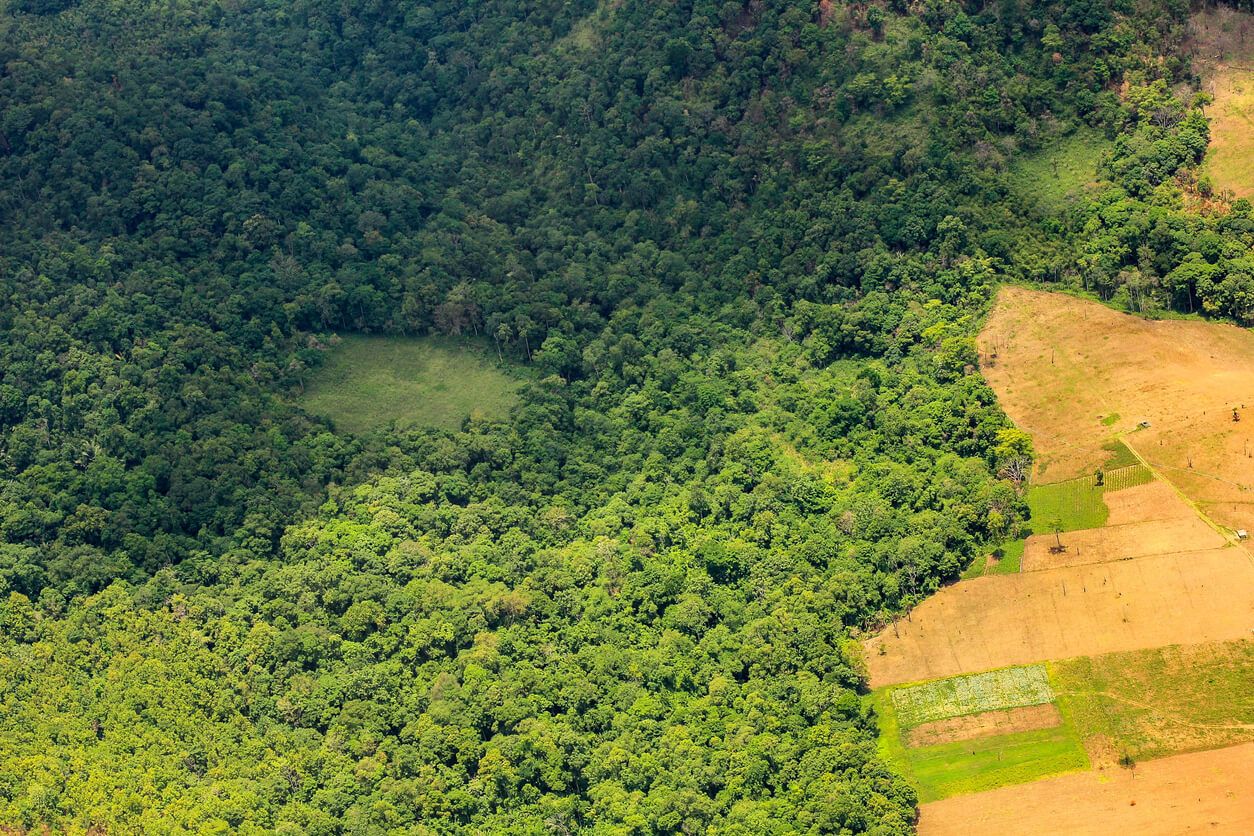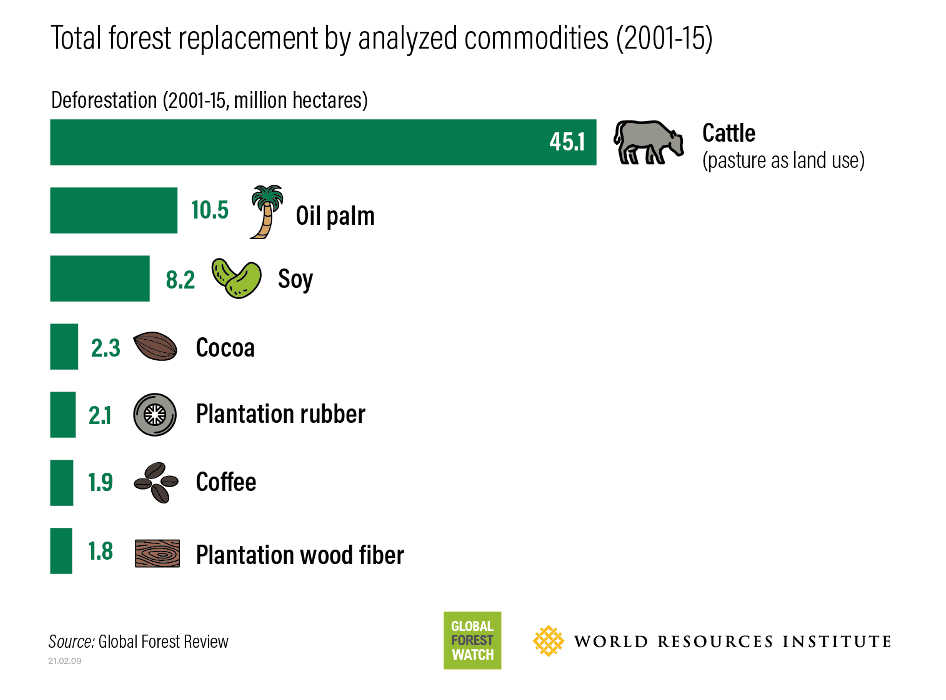The UN Decade on Ecosystem Restoration will be officially launched on June 5th 2021 during World Environment Day. On this occasion, Reforest’Action is taking a closer look at this initiative which contributes to the United Nations' Sustainable Development Goals for 2030.

1. What is the UN Decade on Ecosystem Restoration?
The UN Decade on Ecosystem Restoration (2021-2030) has been set up by the General Assembly of the United Nations following a proposal of 70 States from all over the world, concerned by biodiversity loss and the impact of climate change on nature and living things.
Led by the United Nations Environment Programme (UNEP) and the Food and Agriculture Organization of the United Nations (FAO), this decade aims to develop and to steer a global restoration movement in order to offer a sustainable future to the next generations. It includes a political momentum for restoration as well as thousands of initiatives on the ground. This global coalition is decisive: today, only 1% of climate funding is dedicated to restoration while restoring 30% of priority ecosystems would prevent 70% of species extinctions according to a 2020 study published in Nature.

2. What does “restoring ecosystems” mean?
Before restoring degraded and destroyed forests, let’s remember that protection of existing forests remains a priority. In this way, reducing our carbon footprint is vital to fight against climate change and preserve biodiversity. Protection and restoration are complementary to set up efficient policies in favour of forests, as underlined by the Society for Ecological Restoration.
According to the Joint Research Centre, in 2021 75% of lands are degraded on Earth. This degradation induces several dangers: for biodiversity, for our health and that of all living things, for an access to food and water, to fight against climate change and even for global economy. The services provided by these ecosystems (water filtration, pollination, carbon sinks, etc.) are invaluable and irreplaceable for living things, that is why it is necessary to protect them. Thus, the United Nations, thanks to a study realised in 2017, have estimated that the restoration of 350 million hectares of degraded terrestrial and aquatic ecosystems could generate US$9 trillion in ecosystem services by 2030.
Restoration therefore involves helping damaged ecosystems to regenerate. As explained in an article in Natural Sciences it is a process aiming to assess their biological capabilities to degraded landscapes, while generating human well-being. It can be implemented in many ways, from tree planting to ocean cleaning, but above all, it requires a consistent adaptation to new climate challenges. It also induces many assets for the environment: for example, the restoration of 350 million hectares of degraded lands could contribute to removing 13 to 26 gigatons of greenhouse gases from the atmosphere. Furthermore, the economic benefits of such interventions exceed nine times the cost of investment, whereas inaction is at least three times more costly than ecosystem restoration: in terms of public health policy, resources management and ecosystem services economy.
All kinds of ecosystems can be restored: farmlands and forests, oceans and wetlands, dry regions and mountains...
3. What makes forests concerned by restoration?
Forests are essential to life on Earth. They offer fresh air, water and are precious allies in the fight against global warming. They are home to 80% of global terrestrial biodiversity and indispensable for billions of living beings, providing their livelihood. According to the FAO, we are losing 10 million hectares of forests worldwide each year or the area of Slovakia. Human activities - such as agricultural practices, logging - represent the main cause of deforestation while the degradation of this ecosystem derives from consequences of the climate change - wood fires, invasive species or insect attacks.

According to the Partenariat mondial pour la restauration des écosystèmes forestiers, a coalition of 28 international and non-governmental organisations, forest landscape restoration is about reversing the degradation of soils, agricultural areas, forests and watersheds so they can regain their ecological functionality. It can involve the introduction of numerous varieties of tree species into gardens, farms, fields and forests; or the natural regeneration of ecosystems suffering from overgrazing, pollution or overexploitation. The aim of restoration is essentially to improve the productivity of landscapes and their capacity to meet society’s diverse and changing needs.
Facing this environmental emergency, various initiatives have been created. Thus, the Bonn Challenge, launched by the German government and the IUCN in 2011, is to achieve the restoration of 350 million hectares of degraded and afforested lands by 2030. There are also the African Forest Landscape Restoration Initiative with 100 million hectares by 2030 or 1T, led by the World Economic Forum, aiming to protect and to plant 1 trillion trees by 2030 as well. But there are pitfalls in restoration that must be avoided. A thorough field study must be conducted to ensure that selected species can grow in the right place at the right time. For example, almost 80% of the Bonn Challenge commitments are for monoculture or non-native species plantations.
As illustrated by our report Notre Avenir S’appelle Fôret, forests hosting a diversity of tree species are better equipped than more homogeneous ones to cope with current and future manifestations of climate change (droughts, fires, storms) and increasing biotic risks (insect attacks and diseases). They offer a better production of ecosystems services, reduce the risk of economic damage from biotic and abiotic hazards, better respond to growing social needs, and help reduce the risk of certain diseases and public health costs. The Society for Ecological Restoration has identified eight key restoration principles to follow to ensure effective ecosystem practices.
Reforest’Action is contributing to the restoration of the world’s forests
For over 10 years, Reforest’Action has been leading projects all over the world to restore areas impacted by deforestation. Aware of the challenges, we do our utmost to preserve the multifunctionality of forests, strengthen their ecosystem services and make them more resistant to climate hazards. We also ensure that we include all stakeholders in the process, including local communities and our network of more than 800 project holders. Reforest'Action is committed to plant one billion trees by 2030, aligning with the principles of the United Nations Decade of Ecosystem Restoration.